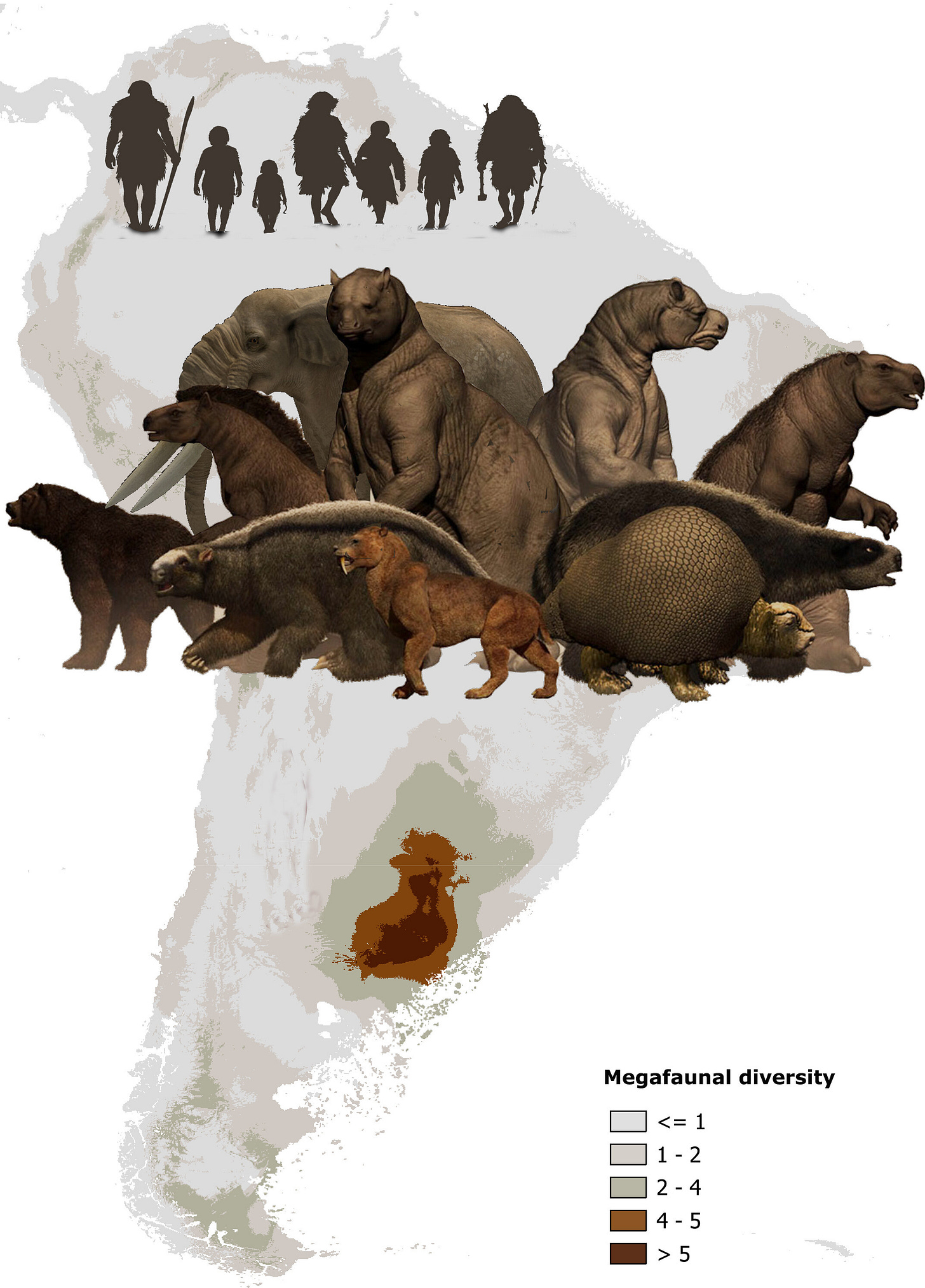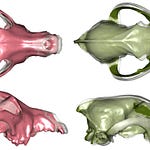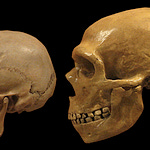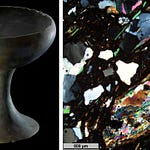The Last Feast of the Ice Age
Thirteen thousand years ago, the Pampas of South America were alive with giants. Towering ground sloths lumbered through grasslands, giant armadillos scuttled in armored bulk, and elephant-like Notiomastodon grazed in open woodlands. For the human groups newly settled in the region, these animals were more than spectacles. They were food.

A new study published in Science Advances1 suggests that these Ice Age giants were not occasional meals but dietary staples. Archaeologists examined animal remains from 20 archaeological sites across Argentina, Chile, and Uruguay, all securely dated to before 11,600 years ago, when the last of these species disappeared. The pattern was striking: at 15 of the sites, bones of extinct megafauna made up more than 80 percent of butchered remains.
“The overwhelming presence of megafauna in these assemblages indicates deliberate targeting rather than opportunistic scavenging,” says Dr. Isabel Moreno, an archaeozoologist at the University of Buenos Aires. “These animals were central to survival strategies, not marginal.”
Listen to this episode with a 7-day free trial
Subscribe to Anthropology.net to listen to this post and get 7 days of free access to the full post archives.









